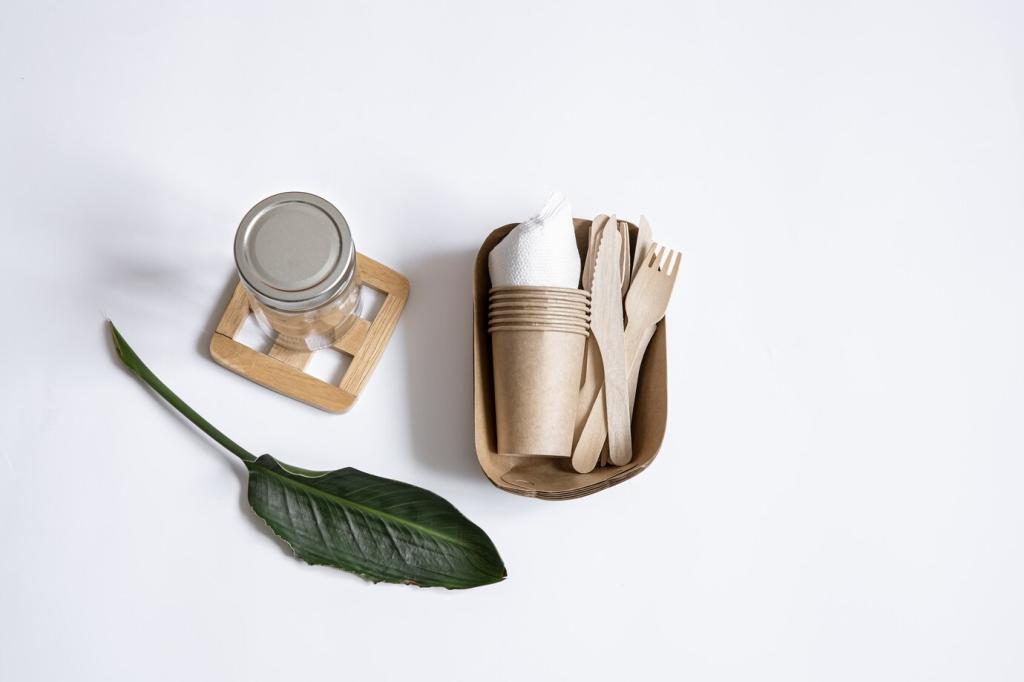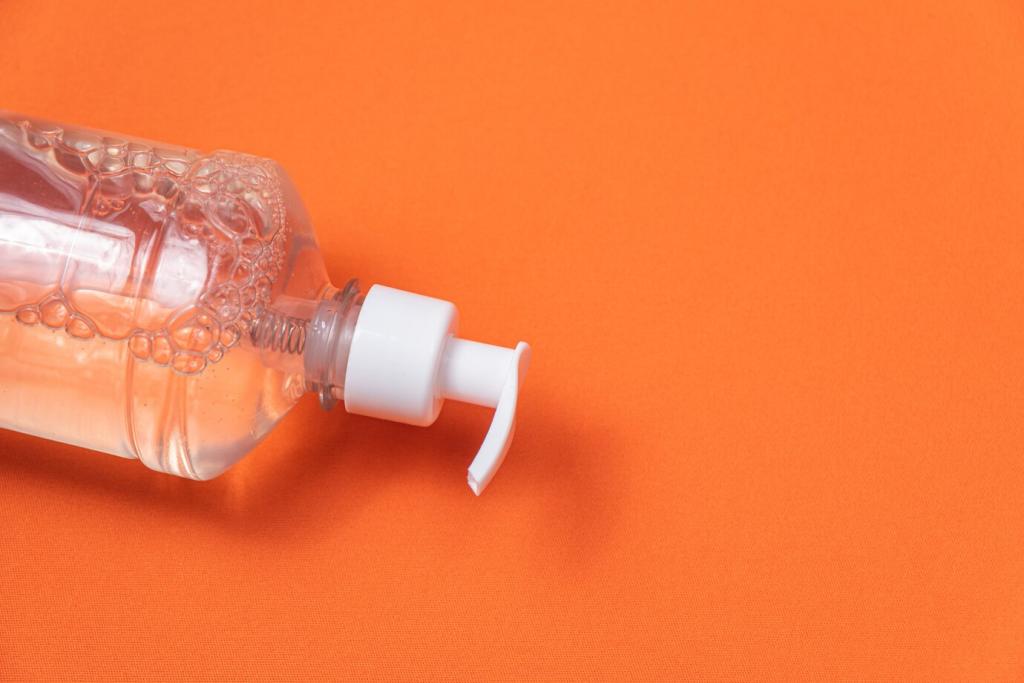Tips for Using Essential Oils in Furniture Cleaning
Essential oils have become increasingly popular in home cleaning routines, bringing natural fragrance, antibacterial properties, and gentle cleansing power to your everyday chores. When used correctly, essential oils not only enhance the cleanliness of your furniture but also fill your space with delightful aromas. Incorporating these oils into your furniture cleaning process can help maintain the material, amplify your sense of wellness, and ensure that your household avoids harsh, synthetic chemicals. This guide explores the most effective and safe approaches to integrating essential oils in your furniture cleaning practices.


Understanding the Properties of Popular Oils
Each essential oil brings a unique profile of benefits. For instance, tea tree oil is widely recognized for its antibacterial and antifungal properties, making it great for disinfecting surfaces. Lavender oil offers a calming scent and mild cleansing power, while lemon oil is prized for its ability to cut through grease and brighten surfaces. Knowing the distinctive qualities of these oils allows you to tailor your cleaning solutions, ensuring you choose the right oil for specific furniture and cleaning challenges. This knowledge empowers you to make informed decisions that promote cleanliness and harmony within your living space.
Matching Essential Oils to Furniture Material
Different furniture materials—such as wood, fabric, or leather—react differently to various essential oils. Some oils may be too potent for delicate fabrics, while others can condition wood without causing harm. For wooden furniture, orange or lemon oil can help preserve shine, but they must be diluted to prevent damage. Fabric surfaces might benefit from a hint of lavender or eucalyptus oil, provided a patch test is done first. Understanding this compatibility helps protect your furniture’s integrity and ensures that the application of essential oils enhances rather than detracts from its appearance and longevity.
Safety Considerations for Sensitive Areas and Individuals
Using essential oils in your cleaning process requires attention to the sensitivities of individuals and pets in your household. Certain oils may be too strong for children, people with allergies, or animals. Always consider the volatility and concentration of the oil before use. It is wise to ventilate the area adequately and, when in doubt, opt for milder oils such as chamomile or lavender. Being mindful of safety ensures that the benefits of essential oils are enjoyed without unintended side effects, such as irritation or respiratory discomfort.
Creating Effective Essential Oil Cleaning Solutions
Diluting Essential Oils for Optimal Results
Essential oils are powerful in their pure form and should almost always be diluted before use. Proper dilution not only extends the life of your oils but also protects furniture surfaces from potential staining or deterioration. For most cleaning purposes, a few drops of oil in a spray bottle filled with water or a gentle carrier like distilled white vinegar suffices. This ensures the disinfecting or deodorizing strengths are harnessed while minimizing any risk of overpowering scents or damage to the materials. A thoughtful approach to dilution preserves both the beauty of your furniture and the wellbeing of your household.
Combining Oils for Customized Cleaning Power
Blending different essential oils can help you achieve multifaceted cleaning effects. For example, mixing lemon with eucalyptus delivers enhanced antibacterial properties along with a fresh, energizing aroma. When creating custom blends, it’s essential to consider compatible scents and properties, as well as the intended surface. Testing your mixture on a small, inconspicuous area of your furniture helps ensure that the recipe is safe and effective. With careful selection and combination, you can develop signature cleaners tailored to your home’s needs, making cleaning both more enjoyable and efficient.
Storing Your Homemade Solutions Properly
Once you have created a cleaning solution with essential oils, proper storage is key to maintaining its freshness and efficacy. Essential oils can degrade with exposure to light and heat, so it’s best to use dark glass bottles stored in a cool, dry place. Labeling your bottles with the date of preparation and ingredients helps keep track of potency and prevents misuse. Safe, mindful storage not only preserves the aromatherapeutic and cleansing qualities of your blends but also ensures that your effort in crafting these solutions leads to consistent, high-quality cleaning performance.
Application Techniques for Different Furniture Types
Cleaning and Polishing Wooden Furniture
Wooden furniture responds well to certain essential oils, especially when they are combined with gentle carrier substances like olive oil. The application process should be delicate: lightly dampen a soft cloth with your oil solution and wipe in the direction of the grain. Avoid saturating the wood, as excess moisture can cause swelling or warping. A gentle buffing motion helps distribute the oils evenly, imparting a natural shine and uplifting the wood’s tone without the buildup left by traditional chemical products. Regular, thoughtful care with essential oils also assists in repelling common pests and minimizing dust accumulation.
Refreshing and Deodorizing Upholstered Surfaces
Upholstered furniture, such as sofas and chairs, can benefit from essential oils’ natural deodorizing properties. A diluted spray containing light oils like lavender or chamomile can be misted over the surface to neutralize odors and create a comforting atmosphere. Always perform a patch test on a hidden section to ensure compatibility with the fabric. Allow the area to air dry completely before using the furniture. This method not only eliminates lingering smells but can contribute to a more serene household environment, promoting both cleanliness and relaxation in your sitting areas.
Caring for Leather with Essential Oils
Leather surfaces require careful consideration, as harsh chemicals and improper oils may dry out or damage the material. Lightly diluted essential oils—such as tea tree, when combined with a carrier like jojoba—can sanitize and condition leather furniture. Using a soft, lint-free cloth, apply the mixture in gentle, circular motions, focusing on worn or soiled areas. Avoid soaking the leather and buff away any excess with a clean, dry cloth. When done correctly, this approach helps maintain the leather’s suppleness, enhance its natural sheen, and impart a subtle, pleasing scent to the room.
